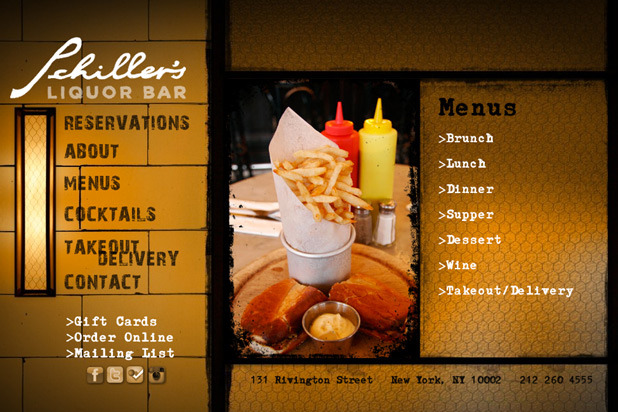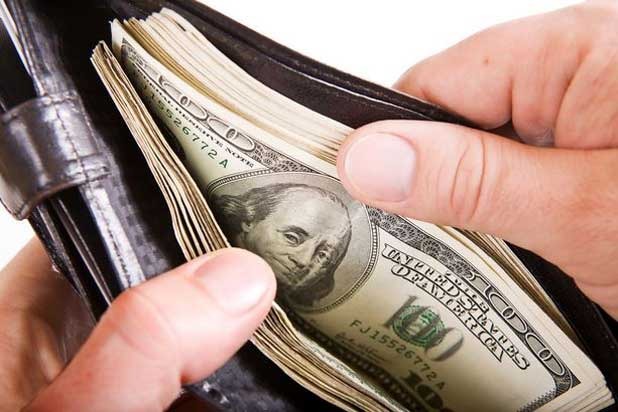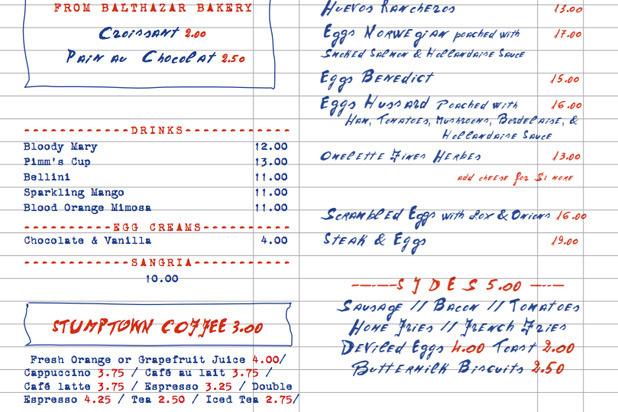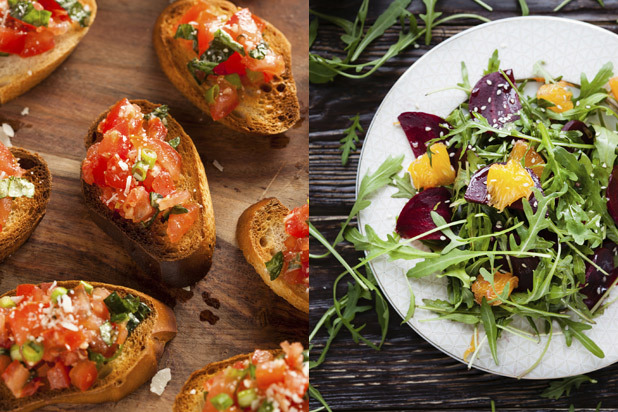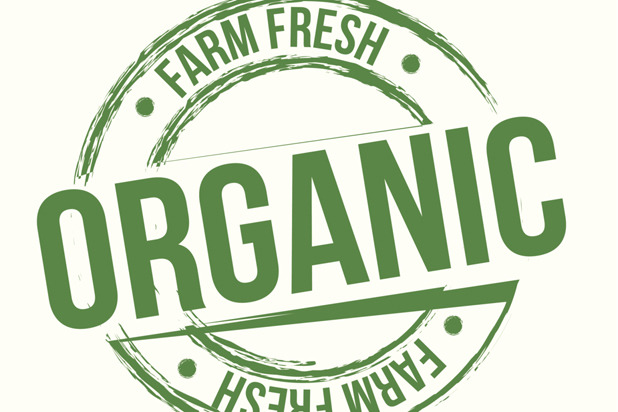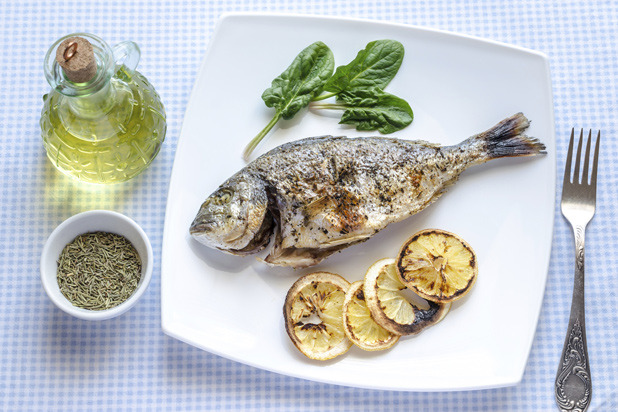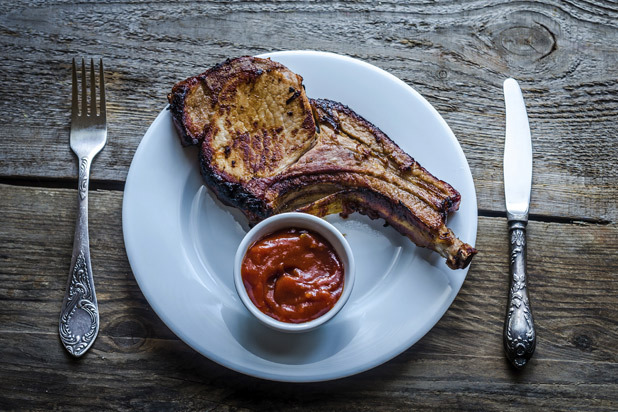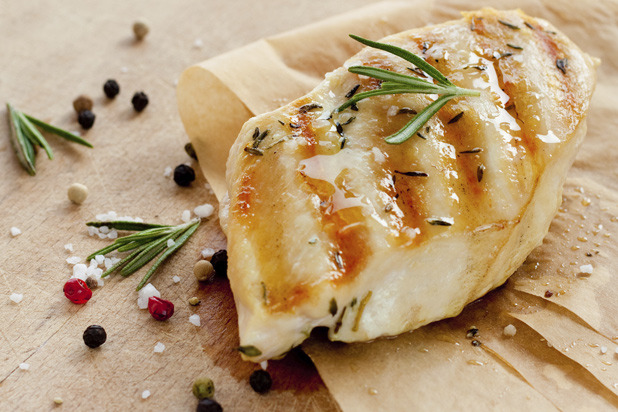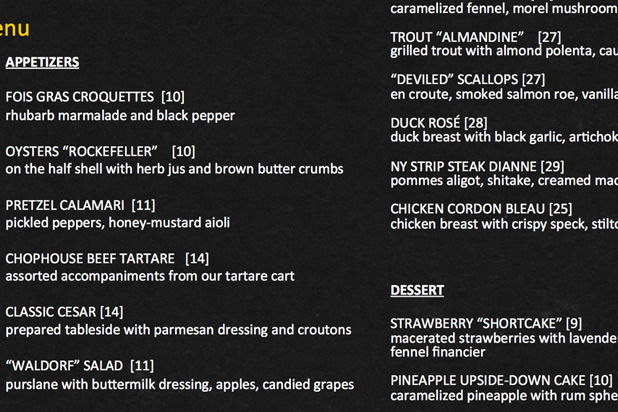How You're Reading That Restaurant Menu Wrong
Hidden inside every menu are subtle hints about what you should order – and what you shouldn't – as well as ways to save money and get the most bang for your buck.
Check the Menu Online First
We've all been there: you spend so much time chatting with your tablemates that when it's times to order you've barely had a chance to look over the menu. Spend some time looking it over at home before you even leave for the restaurant; that way you'll be well-prepared.
Plan Your Budget Ahead of Time
Looking on line helps with this. Know exactly how much money you're planning on spending before you even leave the house. This way you can ignore the menu items that are out of your price range and not be surprised when the bill arrives.
Ignore Gimmicks like Boxes
Boxes around menu items are there simply to break up the monotony of the page, and to attract your attention, usually because the dishes within are among the highest-profit margin items. Don't assume that they're in a box because they're anything special.
Read the Entrees First
We tend to read menus from left to right, like we're reading a book, and that's not the right approach. Your main dish is the star of the show, so begin by choosing the entrée first.
Choose an Appetizer that Complements the Entrée
Once you've selected an entrée, then you can choose an appetizer that complements it. Planning on a light piece of fish as your main? Then you can get something a little heavier to start. But if you're ordering the osso bucco, you might want to begin with a salad or something else that won't fill you up.
Look for Sources and Providers
Restaurants love to show off the quality of their ingredients, and when the menu item includes the names of the farm, dairy, etc. that provided the components of each dish, that probably means that those are dishes they can stand behind. If the menu is chock full of sources but a few main courses don't have them listed, that potentially means that the source isn't one they're proud of enough to show off.
Look for Wild or Line-Caught Fish
"Wild" and "Line-Caught" are two words that generally indicate high-quality seafood. If it doesn't mention being wild or line-caught it was most likely farm-raised, meaning it probably won't be as flavorful as its wild counterpart.
Opt for On-The-Bone Meat
If one steak is on the bone and another is off the bone, go for on the bone. An on-the-bone pork chop is always more juicy and flavorful than a pork loin.
Skip the Steak, Not the Roast Chicken
If you're not in a steakhouse, there's not much of a reason to order the steak. It's usually the most expensive item on the menu and tends not to be the best showcase for the chef's skills. On the other hand, roast chicken has a reputation for being boring, so chefs consider it a challenge to make theirs really stand out. If it's a nice restaurant, and if it's a whole or half chicken, you'll most likely be pleased with what you get.
Beware of Quotation Marks
Thinking about ordering that apple "tart" for dessert? Quotation marks tend to indicate that the pastry chef is playing around with the formula, which could be very good, or very bad. Also look out for quotation marks around other seemingly traditional items, like "lasagna" or "pizza;" you might not receive exactly what you're expecting.
Make Sure Desserts are Homemade
Anyone can take a pie out of a box, slice it, put it on a plate, and sell it at a major markup. If you're going to order a dessert, make sure it's made in-house; you want to get a sense of the pastry chef's prowess, not of the corporate bakery's.

